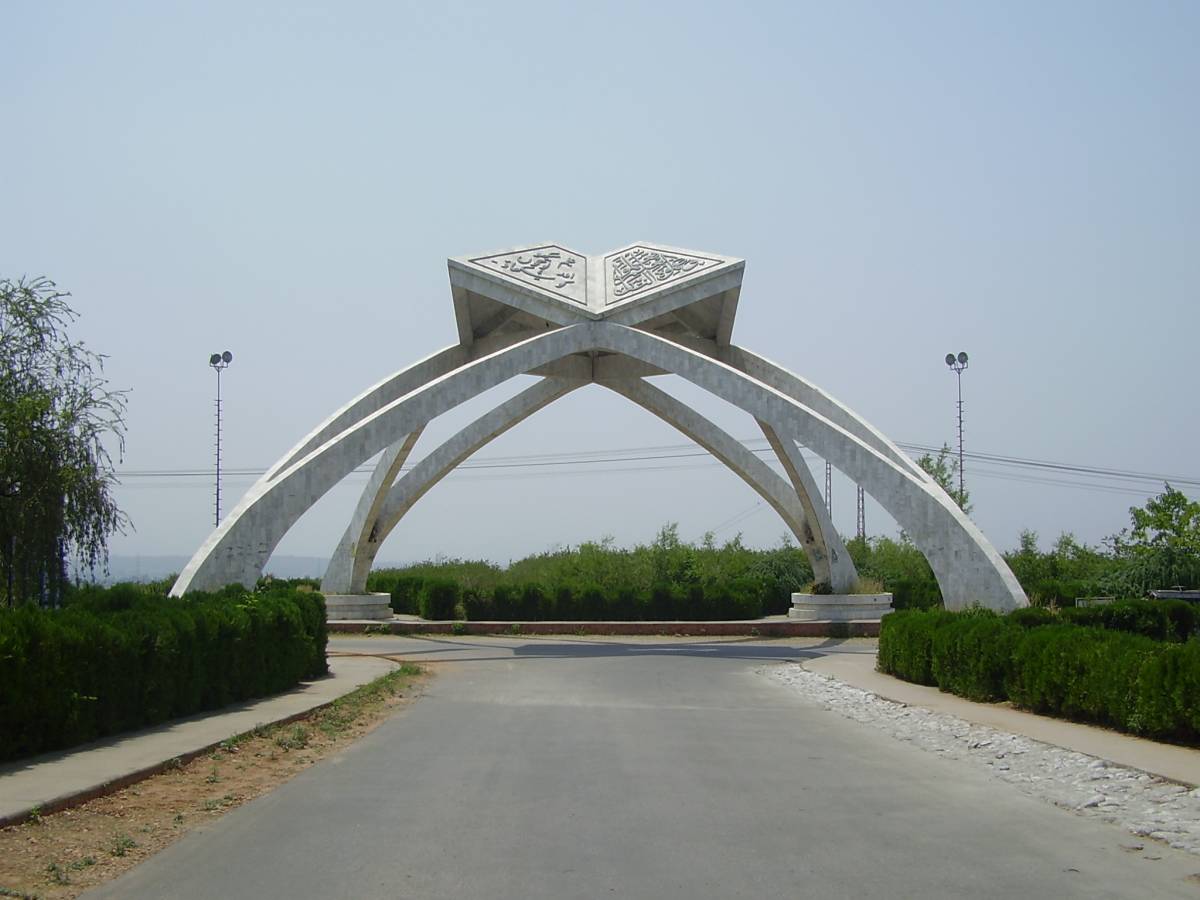Dr. Lisa Upton, a solar scientist at the Southwest Research Institute, is studying the sun’s behavior and its impact on Earth. She explains how solar events can disrupt our technology and infrastructure, emphasizing the importance of understanding the sun’s workings to predict and mitigate these disruptions.
Recent powerful solar eruptions have sent particles towards Earth, resulting in stunning auroras in both hemispheres. However, these geomagnetic storms can also have negative consequences. Solar flares and coronal mass ejections can release harmful particles and radiation towards Earth, posing a threat to satellites, power grids, and electronic devices.
Dr. Upton highlights the importance of developing advanced warning systems and protocols to minimize the impact of these solar events on critical infrastructure. By monitoring the sun’s activity and predicting potential space weather events, scientists can help prevent widespread disruptions to our technology-dependent society.
As the sun approaches the peak of its activity cycle, it is essential to be aware of its potential impact on Earth. Dr. Upton’s research sheds light on the intricate relationship between the sun and our planet, highlighting the need for continued study and preparation for future solar events.
Understanding how space weather is created by studying the sun’s magnetic fields and activity is crucial for predicting potential disruptions caused by solar storms. By studying these phenomena in detail, scientists can develop strategies to protect our critical infrastructure from their potentially damaging consequences.
The recent powerful solar eruptions have already sent particles towards Earth that resulted in stunning auroras in both hemispheres; however, this phenomenon is not without risks as well.
The increased activity level of the sun also poses significant risks for critical infrastructure such as satellites, power grids, and electronic devices.
Solar flares and coronal mass ejections are two examples of solar events that release harmful particles and radiation towards Earth.
Dr. Lisa Upton believes that understanding how space weather is created by studying the sun’s magnetic fields and activity is crucial for predicting potential disruptions caused by solar storms.
She explains that by studying these phenomena in detail, scientists can develop strategies to protect our critical infrastructure from their potentially damaging consequences.


